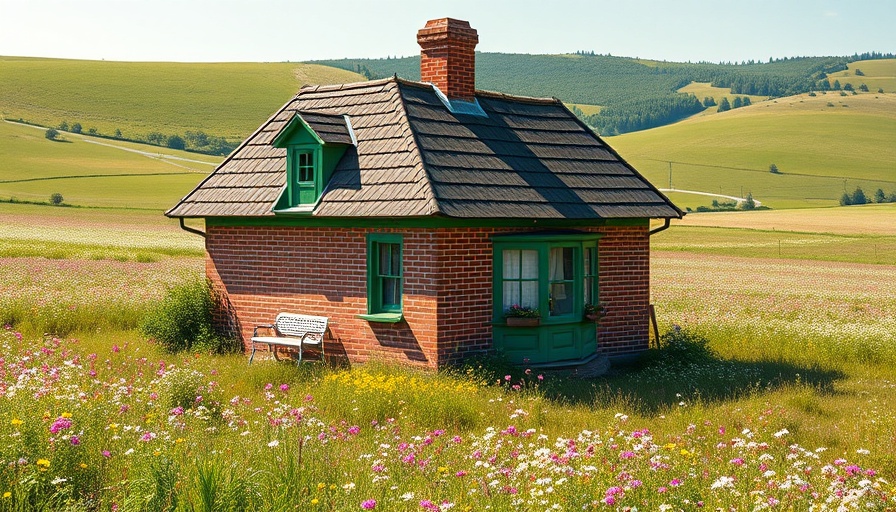
The Curvilinear Beauty of Gradel Quadrangles
At the University of Oxford, architecture meets innovation with the recently completed Gradel Quadrangles, designed by London-based David Kohn Architects. This new addition introduces flexible student accommodations and communal spaces, emphasizing the importance of creating inviting environments for learning and social interaction.
Designing Comfort: Insights from Ergonomics
Inspired by the historical significance of New College, originally built in 1379, the Gradel Quadrangles redefine traditional educational architecture by offering a comfortable and engaging space for the modern-day student. The building's sinuous forms aren't just aesthetic; they’re designed to foster a sense of belonging, crucial for student well-being.
The Role of Space in Student Productivity
As digital nomads and students alike find themselves grappling with the challenges of working and studying in static environments, understanding the influence of physical space is vital. Research repeatedly shows that environments impact productivity and mental health. Gradel Quadrangles encourages interaction and movement, making it an exemplary model for future educational facilities.
Historical Context: New College's Quadrangle Evolution
David Kohn’s design carefully acknowledges the college's past, continuing a legacy that shifted from isolated courtyard structures to more open, communal spaces. The layout encourages mingling and softens exclusivity, showcasing a model for modern institutions to aspire to.
Creating Playful and Welcoming Spaces
According to Kohn, the design of Gradel Quadrangles aims to invite rather than impose. He states, “I’d like to think architecture has a part to play in that by being more informal, more playful, and more transparent…” This approach is critical for universities striving to reduce the barriers of exclusivity, promoting inclusivity among students and visitors.
Integrating Nature into Learning Experiences
With triangular quadrangles nestled among curved buildings, students can enjoy green spaces, not merely to look at, but to engage with. Accessing nature has proven benefits, such as reducing stress and enhancing cognitive function—key factors that contribute to a productive study environment.
Future Predictions: The Impact of Design on Education
As we look at trends in educational design, it’s clear that more institutions will take cues from Kohn’s work. The arrangement of corridors connecting communal areas will likely lead to a new era of educational architecture—one where collaboration and social interaction are at the forefront. The Gradel Quadrangles might set the standard for how future educational spaces are created.
Conclusion: A Model for Tomorrow’s Workspaces
Gradel Quadrangles is not just a student accommodation and office space; it’s a testament to how thoughtful design can influence education, collaboration, and personal well-being. By embracing informal, playful features in design, institutions can find ways to engage and support their students far beyond the classroom.
 Add Row
Add Row  Add
Add 




Write A Comment